The SWIM Project 1 in collaboration with the Philippine Nuclear Research Institute have concluded the final field work for year 1 where they investigated the unconfined aquifer and surface water interlinkages in Region 2, inside the boundary of Cagayan River Basin. The team has employed Isotope hydrology sampling techniques in gathering water samples from series of wells, streams, springs, other water bodies in the region from the provinces of Isabela, Cagayan, Nueva Vizcaya and Quirino. The PNRI team was headed by Mr. Norman O. Mendoza, Senior Science Research Specialist of the PNRI-Nuclear Analytical Techniques Application Section, together with Mr. Josheph Michael Racho, and Mr. Billy Joe Arcilla, where they assist the SWIM Project 1 team composed of Engr. Elmer A. Rosete, and Engr. Alvin John B. Felipe, in conducting such research methodologies along the CRB. This venture is still part of the preliminary studies of the project to strategically assess the naturally occurring hydrological processes that governs the groundwater and surface water relationship in the region. This study will set a science-based footing in defining the related parameters for modeling studies and future intervention.
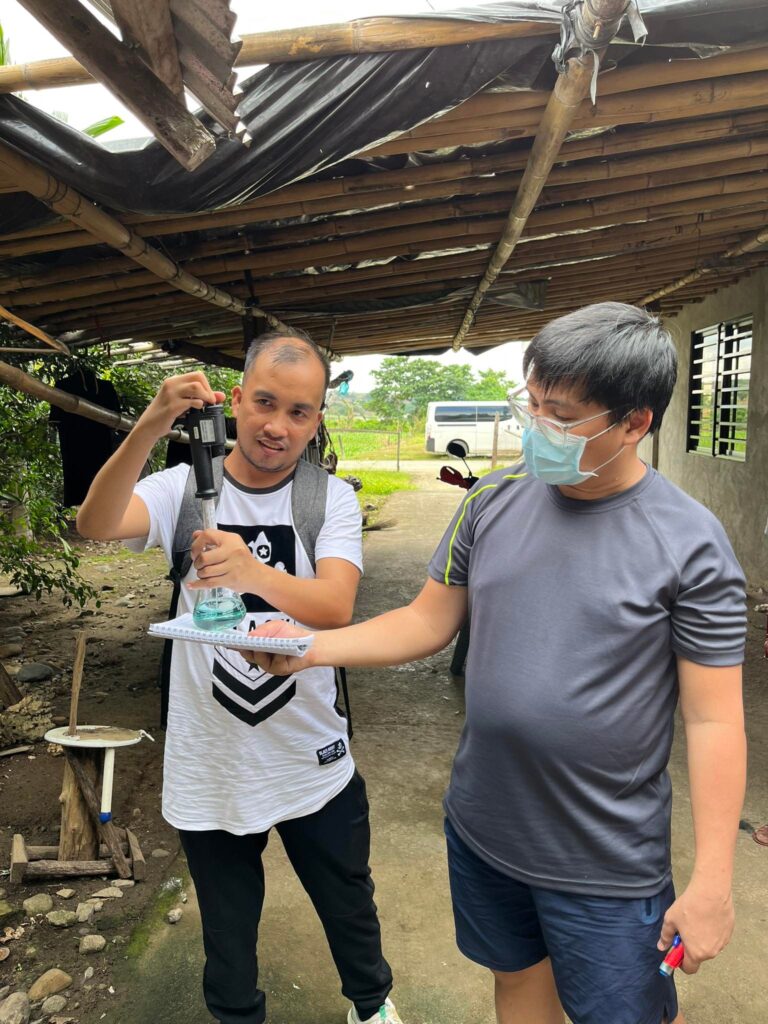
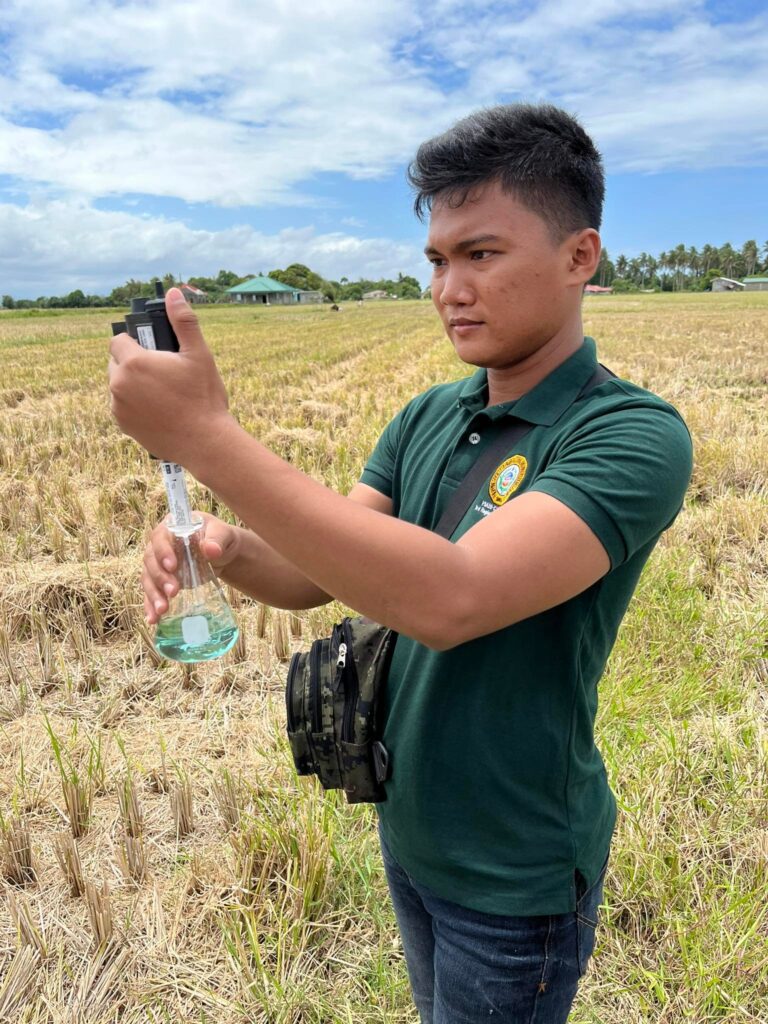
Concurrently, water samples from groundwater wells, streams, wetlands, and sea for Isotope Hydrology in Abulug River Basin for the wet season. It was recalled that the collection for dry season was conducted last April 2022. In this study, Engineer Christine Mata’s research seeks to identify the sources of groundwater recharge, the origin and extent of salinity (if any), the geochemistry of the groundwater, and the variability of data gathered over two seasons. For sustainability of similar studies and projects, Engr. Pinky Melanie Panlasigui, University Research Assistant of ISU Research Department joined the group and was trained on the different sampling techniques on field. The week-long activity was concluded with the Cagayan River Basin team to finalize way-forward plans for deliverables of the project.



In the field, the team gathered samples for stable isotopes, arsenic analysis, anion and cations, and carbonates and bicarbonate where the water samples were titrated in the field. Also, other parameters such us conductivity, temperature, pH, etc. were measure. The commencement of the field activity is to partly gauge the capacity of the SWIM personnel in independently conducting the said sampling methods as part of the capacity program that is being promoted by the program.


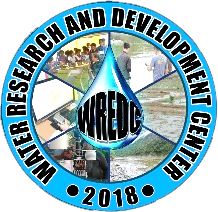
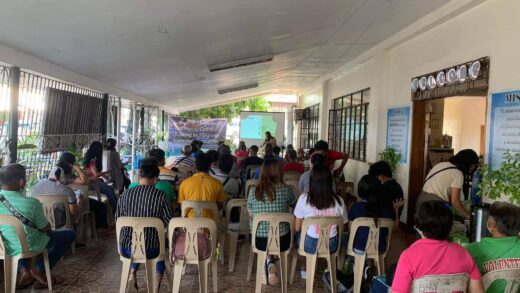

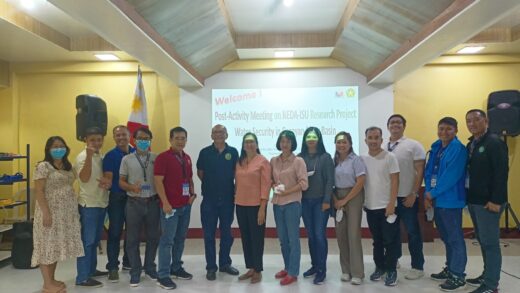
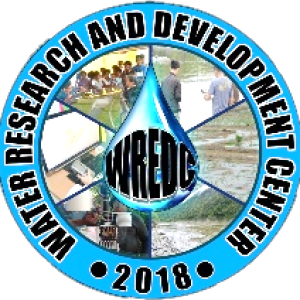




 Users Today : 17
Users Today : 17 This Year : 459
This Year : 459 Total Users : 1344
Total Users : 1344 Views Today : 29
Views Today : 29